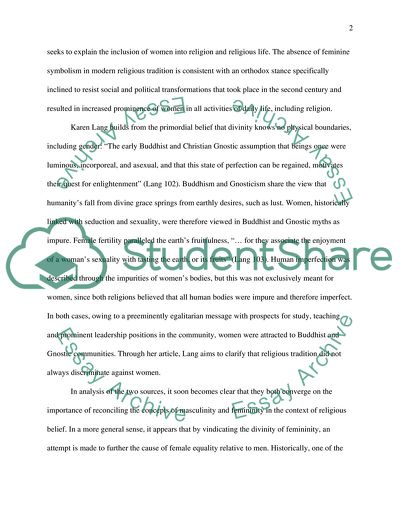Cite this document
(“Images of Women in Religion - Christian Gnosticism and Buddhism Essay”, n.d.)
Images of Women in Religion - Christian Gnosticism and Buddhism Essay. Retrieved from https://studentshare.org/religion-and-theology/1701524-images-of-women-in-religion-christian-gnosticism-and-buddhism
Images of Women in Religion - Christian Gnosticism and Buddhism Essay. Retrieved from https://studentshare.org/religion-and-theology/1701524-images-of-women-in-religion-christian-gnosticism-and-buddhism
(Images of Women in Religion - Christian Gnosticism and Buddhism Essay)
Images of Women in Religion - Christian Gnosticism and Buddhism Essay. https://studentshare.org/religion-and-theology/1701524-images-of-women-in-religion-christian-gnosticism-and-buddhism.
Images of Women in Religion - Christian Gnosticism and Buddhism Essay. https://studentshare.org/religion-and-theology/1701524-images-of-women-in-religion-christian-gnosticism-and-buddhism.
“Images of Women in Religion - Christian Gnosticism and Buddhism Essay”, n.d. https://studentshare.org/religion-and-theology/1701524-images-of-women-in-religion-christian-gnosticism-and-buddhism.


